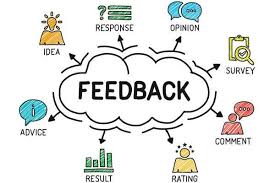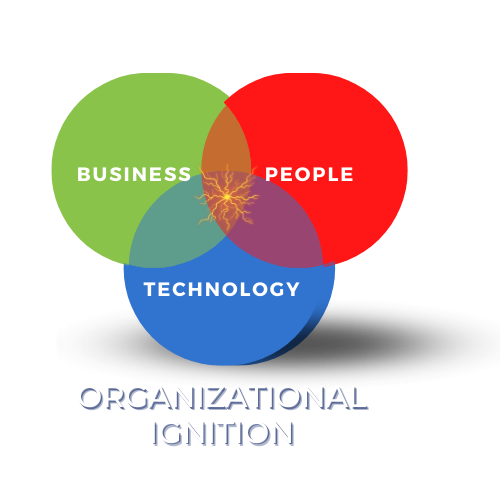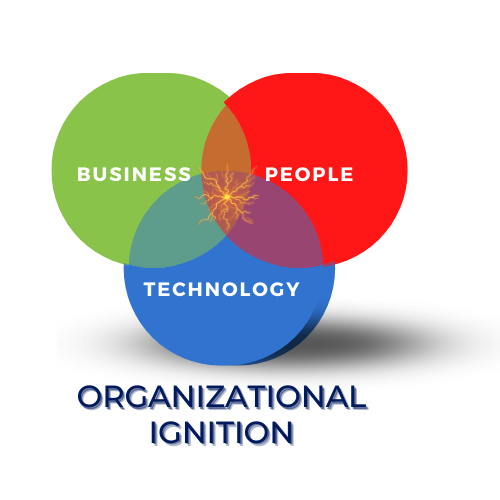
What is your relationship with “feedback”? I was recently working with a client with offices across the region to explore the notion of creating a culture where feedback is recognized as a way to grow the organization. As usual, I began by asking what questions folks had about the topic. The first question was “Do we need feedback?” The answer: Absolutely. Feedback is indispensable for self-awareness and development. Without it, individuals and organizations can fall into blind spots, perpetuating ineffective patterns. Feedback is essential—it is the lifeblood that fuels learning, growth, and adaptation in any environment, especially in workplaces.
Creating a culture of feedback centered on continuous improvement requires honest communication, trust, and a deep understanding of how feedback functions on both personal and organizational levels. The other questions they asked show a recognition of this. Here is my response to those questions. Hopefully, you will find some tips to use in your own life or organization.
Is feedback received the same by different people?
People interpret feedback differently based on personality, cultural background, past experiences, and emotional state. Understanding this diversity is crucial. Tailor your feedback style when possible and foster a culture where people feel comfortable asking clarifying questions to ensure understanding.
What is the cost of feedback?
Feedback involves emotional labor and vulnerability—both for the giver and receiver. There can be time invested in delivering or processing feedback, potential discomfort, and risk of misunderstandings or strained relationships. However, the cost of poor or absent feedback—missed improvement opportunities, stagnation, and misalignment—is far greater.
How can feedback be constructive and not hurtful?
Constructive feedback is specific, focused on actions or outcomes rather than character, delivered with respect and clear intentions to help. Avoid judgmental or vague comments, and check your intentions before giving feedback. If your feedback doesn’t land well, acknowledge the receiver’s feelings and try to clarify or reframe calmly.
How do we avoid the “illusion” of wanting feedback?
The key is genuine openness. People often project an illusion of wanting feedback but may act defensively or dismissively when it arrives. Avoid this by actively inviting specific, actionable feedback and showing authentic appreciation for it, regardless of its nature. Practicing curiosity and a growth mindset helps you stay open rather than defensive, even when the feedback is negative.
How do we engender positive feedback?
To foster positive feedback, create an environment where contributions are acknowledged openly and constructively. Encourage specific, behavior-focused praise and show appreciation publicly and privately. Leaders modeling this practice promote a culture where positive feedback flows naturally, balancing critical observations with encouragement.
How do I respond to positive feedback?
Positive feedback reinforces good behaviors and motivates individuals. When receiving it, express sincere thanks, reflect on what actions led to success, and use it as a benchmark for future performance. Recognizing the value of positive feedback helps balance perceptions and encourages repeat constructive behavior.
How do we get honest feedback without fear of repercussions?
Create psychological safety by promoting trust, confidentiality when appropriate, and no retaliation policies. Encourage a mindset where feedback is a gift meant to help, and model vulnerability and receptiveness as leaders or peers. Anonymous feedback tools can assist, but cultural change takes active reinforcement.
Giving Feedback Without an Attitude
Deliver feedback with empathy and respect. Begin with observations rather than judgments, use “I” statements, avoid blaming language, and focus on collaborative problem-solving. Preparing your mindset to be helpful and curious reduces the risk of coming across with a negative attitude.
Keeping Feedback from Becoming Complaining
Frame feedback as observations tied to specific impacts and potential improvements rather than mere venting. Promote solutions alongside concerns, and encourage a balanced dialogue to keep conversations productive and forward-looking.
How do I respond to negative feedback?
When receiving negative feedback, respond calmly and thoughtfully. Avoid rushing to react or becoming defensive. Instead, listen carefully, clarify if necessary, and express gratitude for the opportunity to improve. Acknowledge any valid points, apologize sincerely if warranted, and propose constructive steps forward without making excuses. This approach conveys professionalism and a commitment to growth.
How do I use feedback effectively?
Use feedback as data for improvement, focusing on specific actions rather than personal traits. Build reflection into your routines, discuss feedback openly, and set measurable goals based on it. Avoid interpreting feedback as personal attacks; instead, treat it as an opportunity to learn and adapt.
Till next time, try this integrated approach to feedback that fosters a healthy culture that balances honesty, empathy, and continuous growth—key to both individual and collective success.


